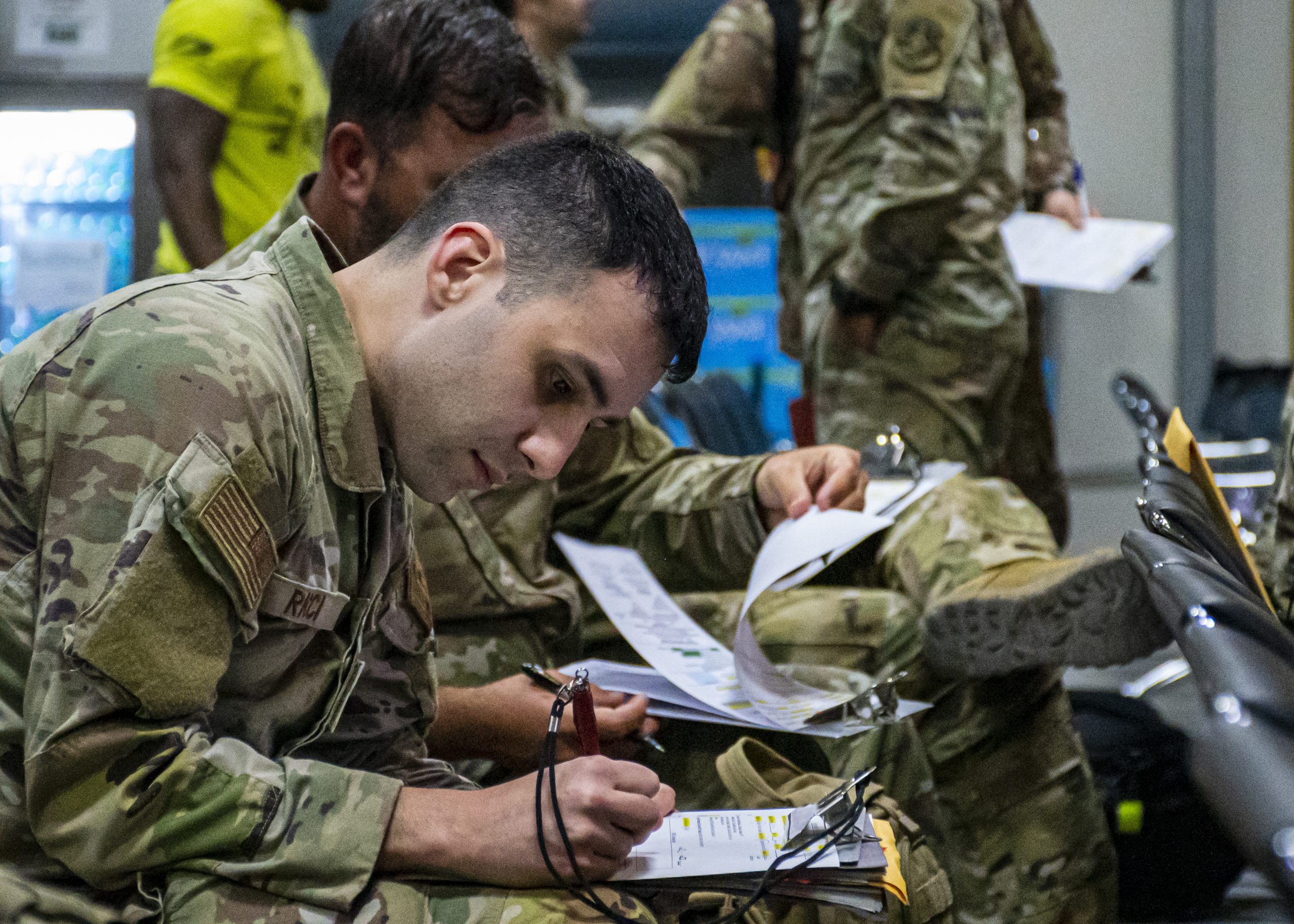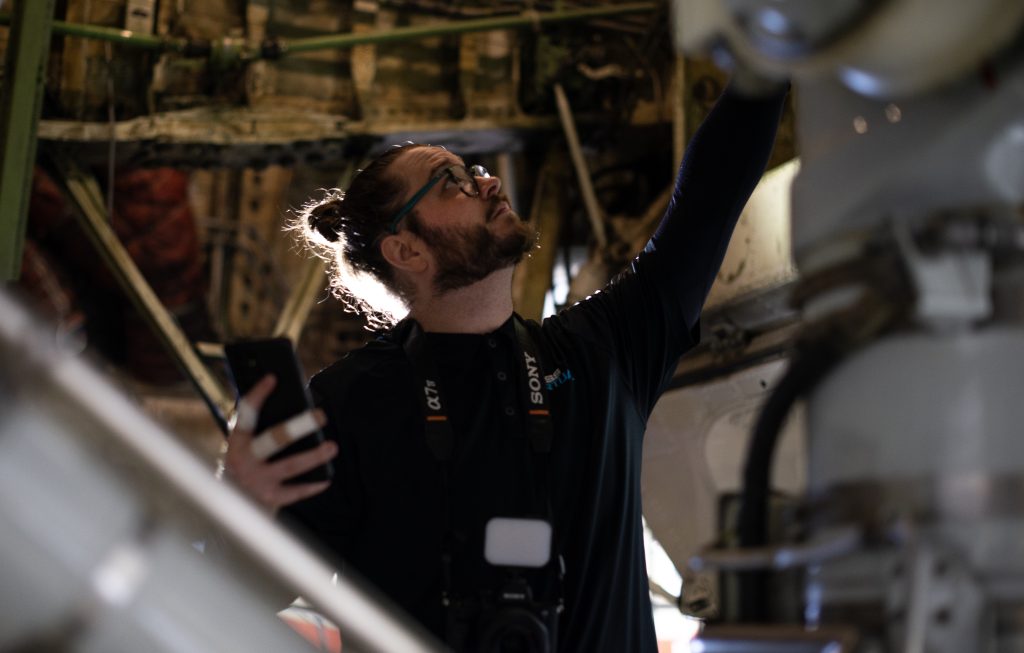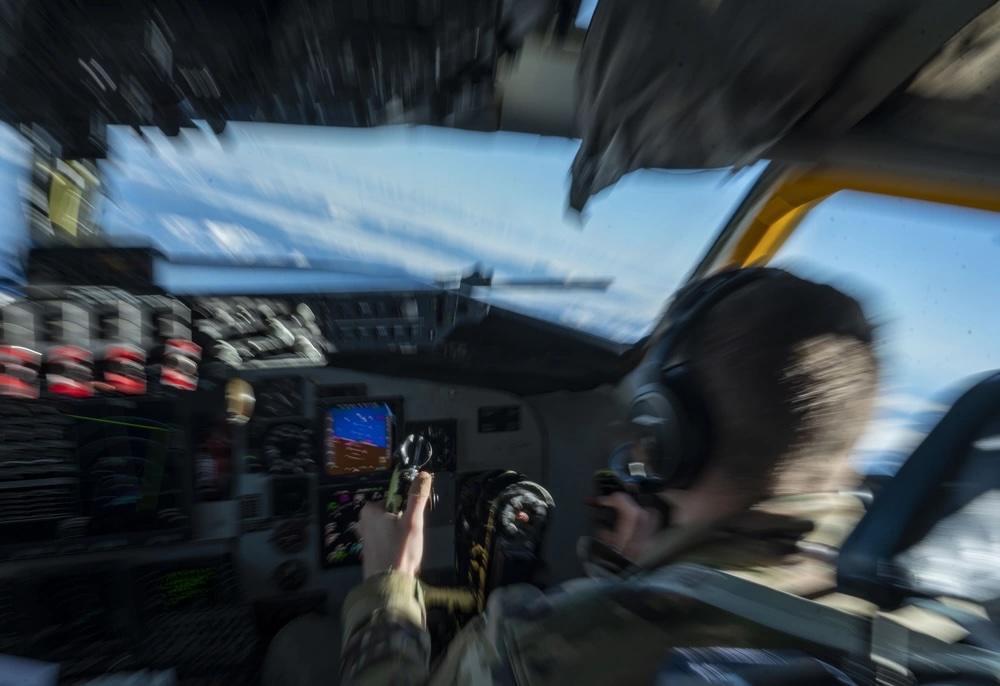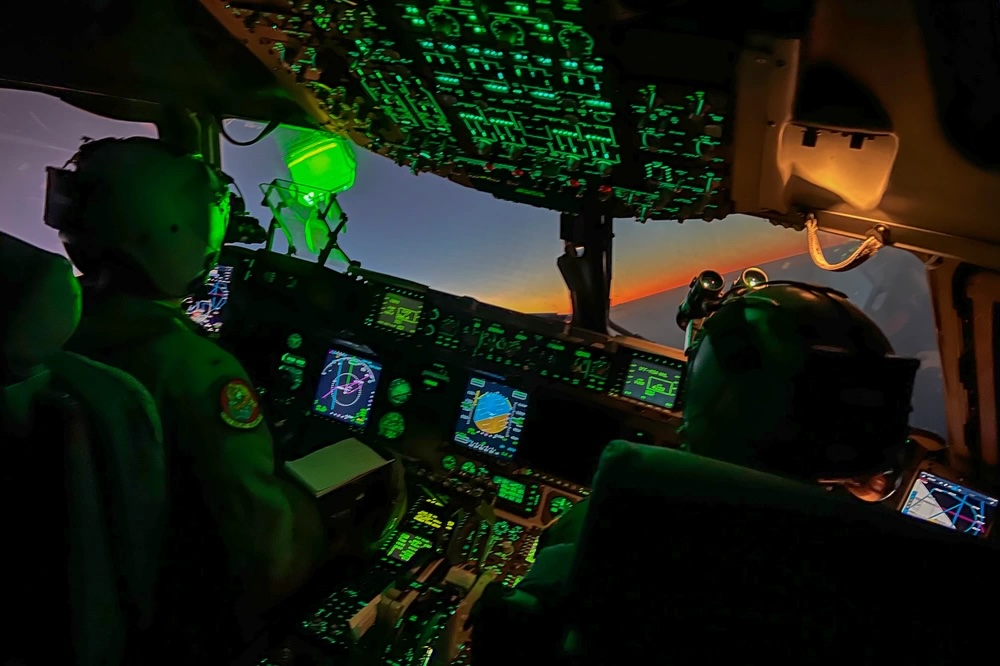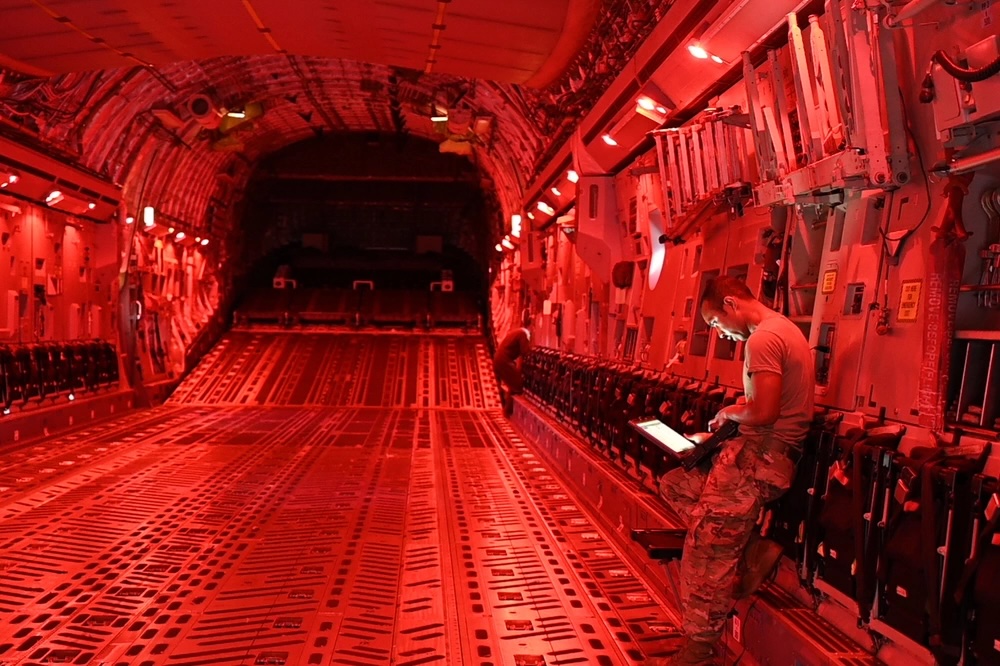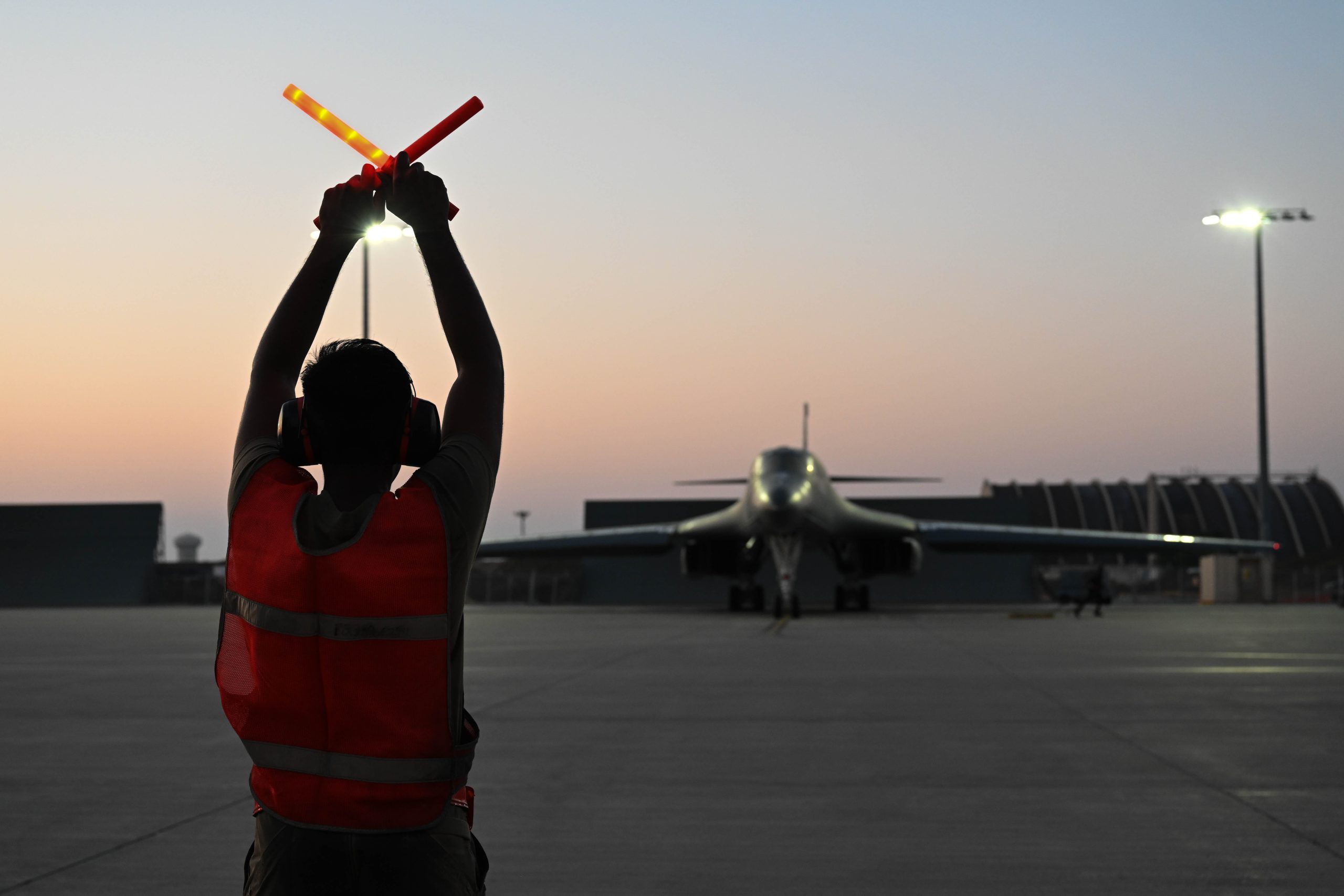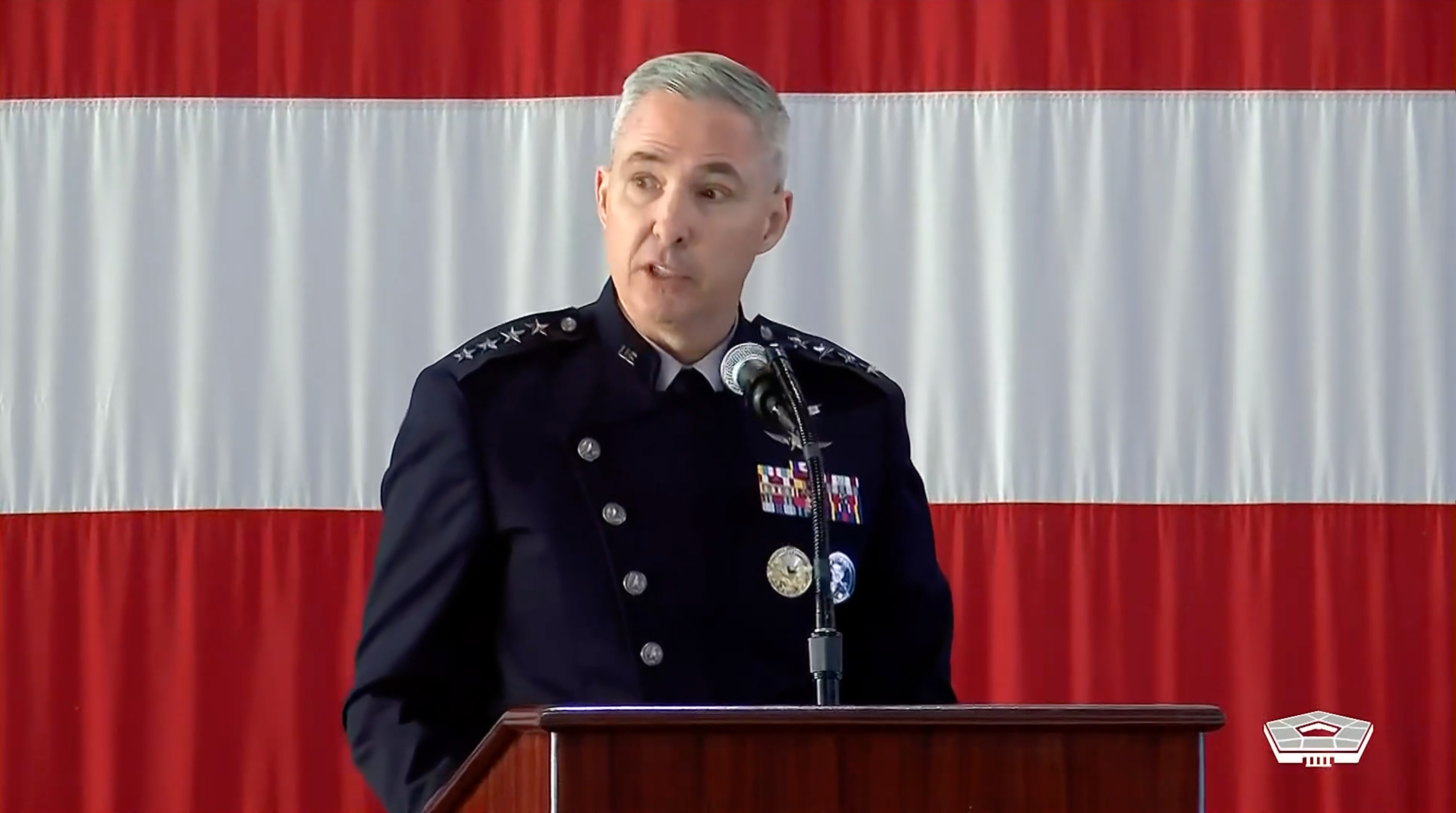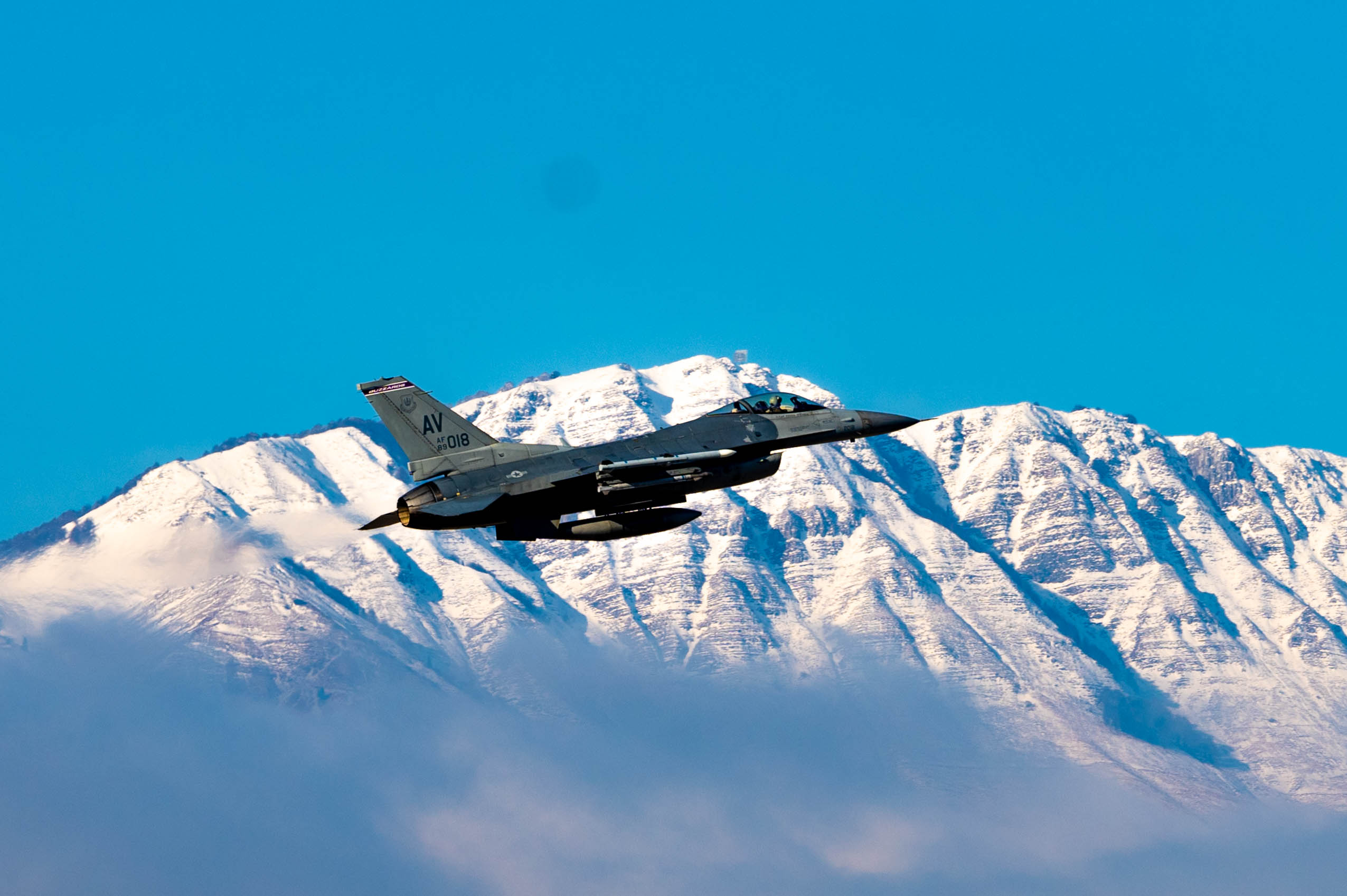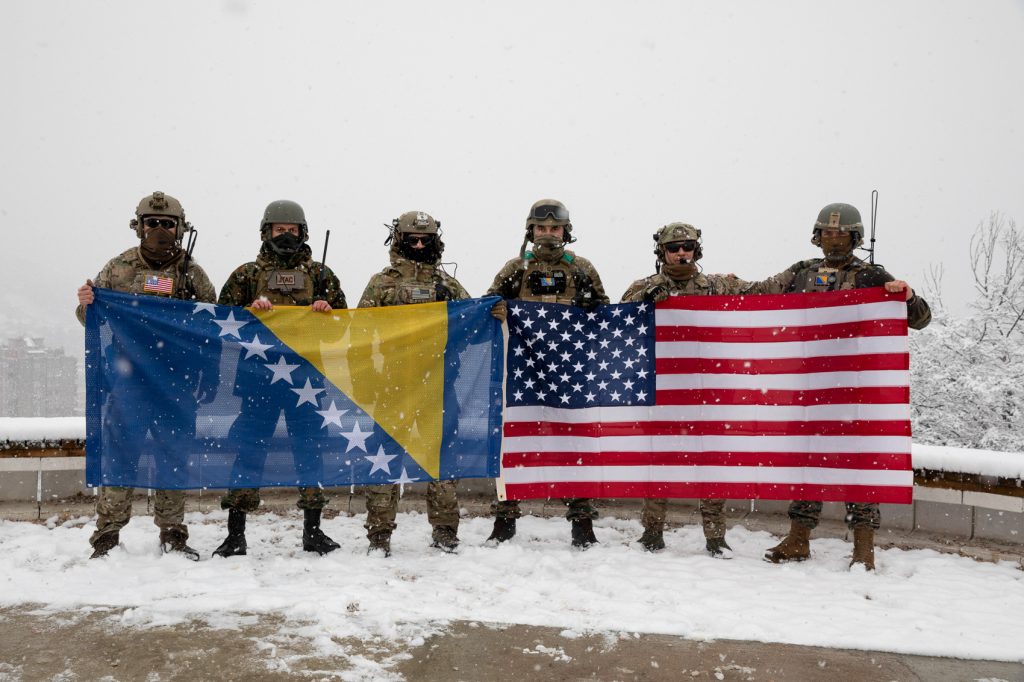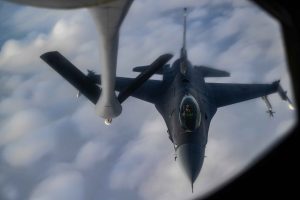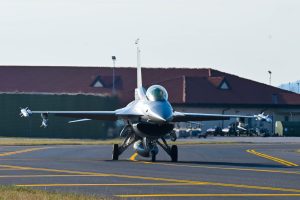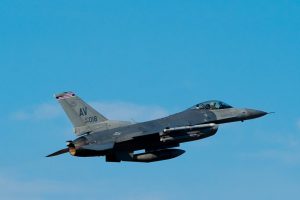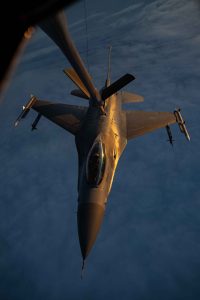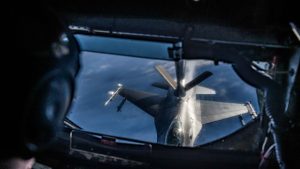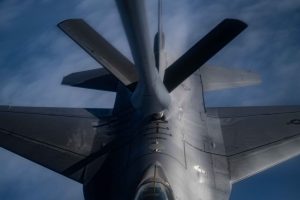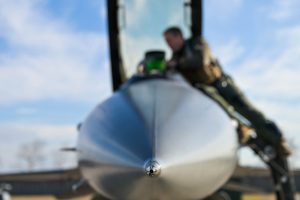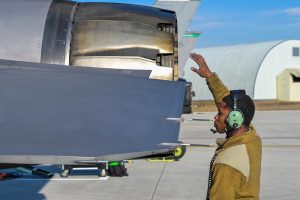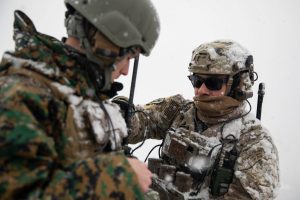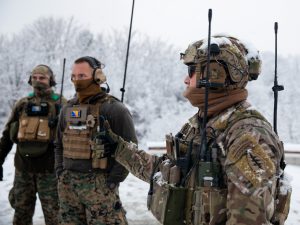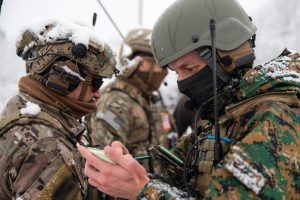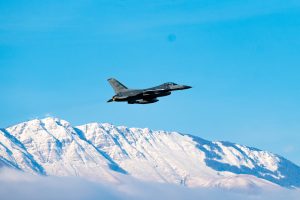As the Air Force plans to unveil sweeping changes to its structure, organization, and training to “re-optimize” for competition with China, one part of the service’s overhaul is already underway: a new force generation model for how to deploy Airmen.
Known as AFFORGEN, the new Force Generation model is designed to help the Air Force, combatant commanders, and the broader U.S. military better understand how to deploy Airmen and Air Force assets, part of an effort first outlined in 2021.
“It gives us a better ability to articulate capacity, risk, and readiness to the joint force,” Vice Chief of Staff of the Air Force Gen. James C. “Jim” Slife told Air & Space Forces Magazine in an interview shortly before his elevation to the USAF’s No. 2 job.
Primarily driven by the need for airpower for America’s fights in the Middle East, the Air Force has deployed Airmen from a myriad of bases to large, fixed sites, such as Al Udeid Air Base in Qatar. Service officials say this “crowdsourcing” model will not be applicable to a future fight as the Pentagon pivots towards its long-term focus: China and the Pacific. Instead, a more cohesive plan is required in the future.
“In a relatively low-threat environment, where we’re operating for years at a time out of large main operating bases, that model has been sufficient to our needs,” Slife said. “We organized our Air Force to be as flexible as possible, break it up into as many small little things as we can, and deploy. We’re in a different strategic environment now.”
The Air Force and all military services train and equip forces that deploy at the direction of the secretary of defense. Commanders want forces, while the services emphasize the need to maintain long-term readiness.
“That’s the tension the secretary of defense has to deal with every single day,” Slife explained. “There’s an insatiable demand from combatant commands. There’s a limited capacity from the services.”
To balance this tension, AFFORGEN establishes a two-year cycle for deployable units. There are four six-month phases, which take the units from “reset,” to train to maintain readiness to deploy before returning to reset.

“The service has a responsibility to think on a different time horizon than combatant commands do,” Slife said. AFFORGEN will help explain that balance better to senior Pentagon leaders, he said.
AFFORGEN is being put to the test in the Middle East as tensions soar in response to attacks by Iran-backed militias on U.S. troops in Iraq and Syria, and on commercial shipping. Airmen were deployed to U.S. Central Command this fall under the AFFORGEN model, according to the Air Force. Secretary of the Air Force Frank Kendall visited those Airmen and Guardians in December to get a firsthand look at how the process works in action.
“As I got to know the Air Force and the Space Force more intimately, it became more apparent to me that we need to make some changes,” Kendall told Airmen and Guardians at an all-call meeting at one base in the Middle East, according to a news release.
AFFORGEN is still being adjusted and service officials have indicated it will not be a one-size-fits-all approach. Units in commands such as Air Mobility Command, Air Force Global Strike Command, and Air Combat Command likely will not deploy in the same way as those at the regional commands, U.S. Air Forces in Europe-Air Forces Africa (USAFE-AFA) or Pacific Air Forces (PACAF).
AFFORGEN will also be complemented by new Air Task Forces, which will provide a package of forces that train, deploy, and fight together.
For now, the service plans three Air Task Forces: two for U.S. Central Command and one for U.S. Indo-Pacific Command. The first ATFs are scheduled to begin their AFFORGEN cycle this summer, the Air Force says.
Through these changes, the Air Force is aiming for a greater understanding of the long-term risks and benefits of deployments. But Airmen will still be ready if called upon.
“The secretary of defense gives us orders and we execute those orders,” Slife said.
